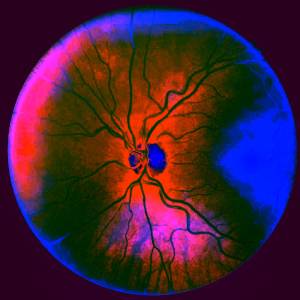Bishops Cannings
This is the church of St Mary the Virgin in Bishops Cannings. I'd gone to have a look at it as it is on a ley line. The Wiltshire Council website has this to say about it:
"There is a good possibility that there was a Saxon church here and from 1091 the dean and chapter of Salisbury Cathedral were patrons of the living. If there was no Saxon church there must have been an early Norman one, but as a new church was built in the second half of the 12th century it would seem more likely that this replaced a Saxon church than one less than a hundred years old. The 12th century church was of dressed stone and consisted of a chancel, nave and aisles. In the 13th century an Early English central tower was built, or rebuilt, and a chantry chapel, dedicated to our Lady of the Bower, was built abutting the south transept. A porch with vaulted ceiling was added in the 14th century while in the 15th century a spire, rising to 135 feet, and stair turret were added to the tower.
In the same century the north and south walls of the aisles were rebuilt and raised, the nave walls raised and the original clerestory windows blocked and new traceried windows created. After the loss of the lands that endowed the chantry chapel its upkeep became too great for the church and the Ernle family took it over as their private chapel in 1563. Around 1593 the well known rector George Ferebe installed an early organ in the church. In 1602 he had a peal of 8 bells, one of the earliest in the country, cast and hung.
Bishops Cannings for long had a reputation for the fine music of its church bells and the singing of its inhabitants. In 1670 the nave roof was replaced by the present collar beam structure; this was restored in the later 20th century. The church was a large, well cared for and respected institution in what seems to have been a prosperous parish with a wealthy living. A former resident, William Bayley, gave £1,000 to the church including £400 to buy a new organ, replacing the original from the late 16th century. The south chapel was restored in 1862-3 and a Victorian window in the Early English style replaced the single light window of the 13th century. The major church restoration took place in 1883-4 under the sympathetic direction of C.E. Ponting. Costing around £3,600 this included the re-roofing of the aisles, and transepts, while the re-pewing included finely carved pew ends by Harry Hems.
The church has a wealth of interesting features, the most unusual being a piece of furniture variously called a monk's carrel, a confessional chair, or a meditation pew. It is a desk with a painted hand of meditation on the back. Inscribed on the hand in Latin are various admonitory phrases and this part dates from the 15th century. The other parts appear to be 17th or 18th century. The four bells and a Sanctus bell that existed in 1553 were replaced by the peal of eight in 1602. In the south wall of the chancel are two piscinae and there is another in the south chapel. Outside there are three scratch, or mass, dials with another, post reformation one on the south east quoin of the chancel."
L.
23.10.2013
Taken with a Pentax ME and a Kiron 28-210mm lens using Fujicolor Superia 200. Scanned by Kodak.
Lozarhythm Of The Day:
Electronic - Forbidden City (1996)

Comments
Sign in or get an account to comment.


